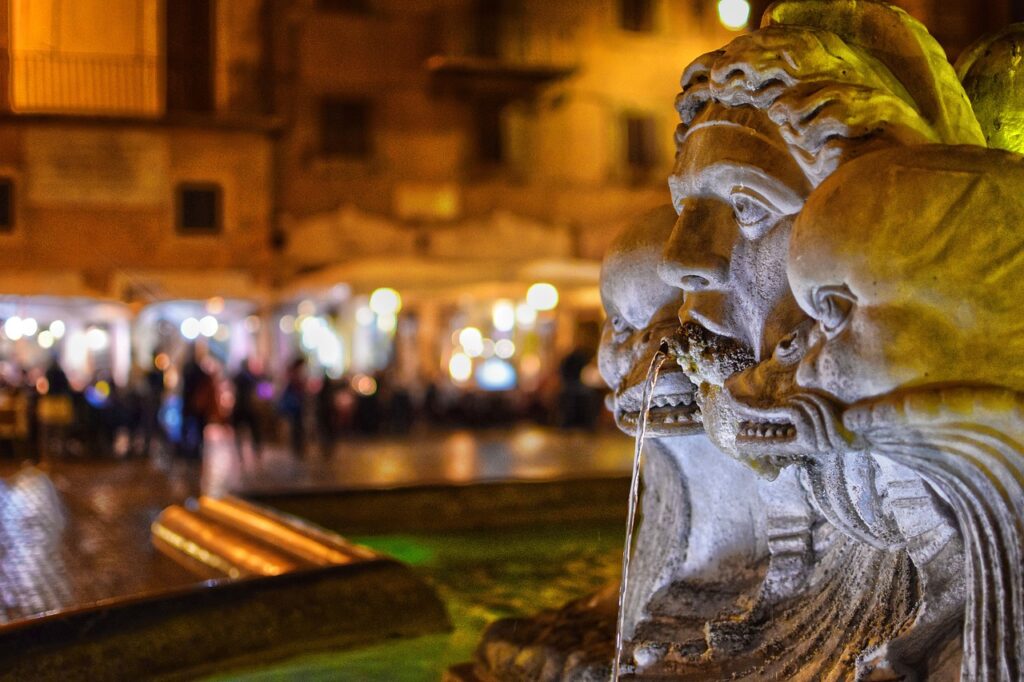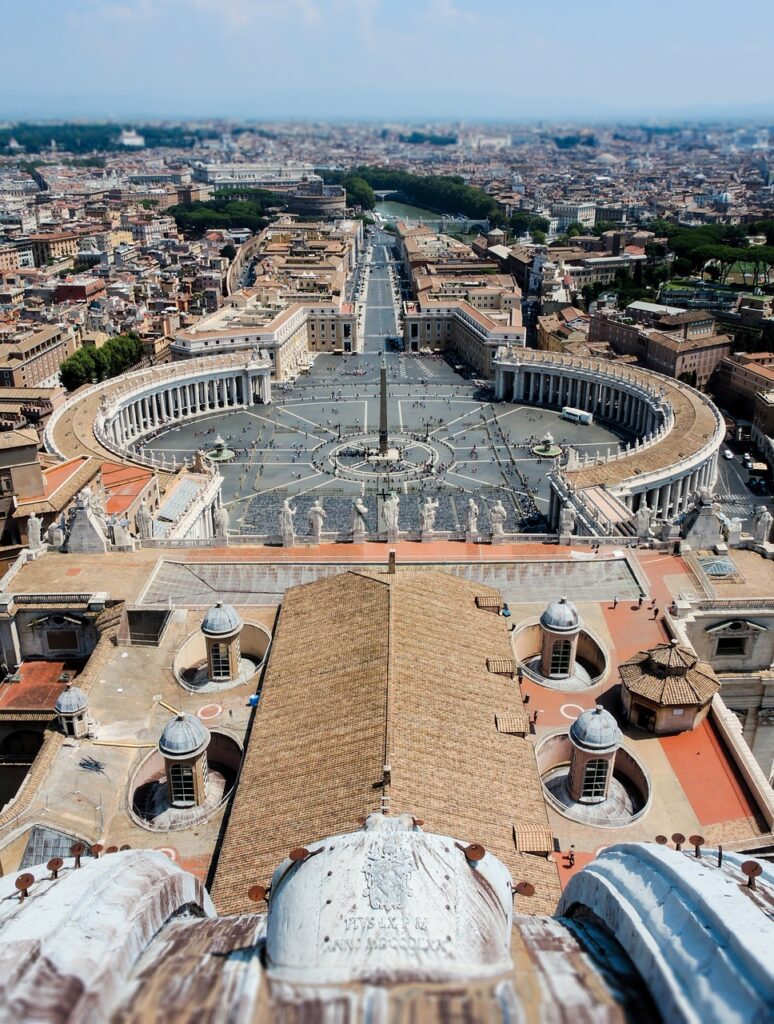
A Comprehensive Guide to History, Culture, and Cuisine
Rome, the capital of Italy, is a city that needs no introduction. Known as the “Eternal City,” Rome has been a center of power, culture, and religion for over two millennia. From its ancient ruins to its Renaissance art, from its vibrant piazzas to its world-class cuisine, Rome is a destination that captivates travelers from around the globe. In this comprehensive guide, we’ll explore the history, culture, and culinary delights of Rome, offering insights into its must-see attractions, hidden gems, and practical tips for making the most of your visit.
Rome’s history is a tapestry woven with tales of emperors, gladiators, artists, and popes. Founded in 753 BC, according to legend, by Romulus
and Remus, Rome grew from a small settlement on the Palatine Hill to become the capital of the Roman Empire, one of the most powerful civilizations in history.
Rome is a city where history comes alive at every corner. Here are some of the top attractions you shouldn’t miss:

Appian Way is lined with ancient tombs and catacombs. It’s a great place for a bike ride or a leisurely stroll.
Roman cuisine is a celebration of simple, flavorful ingredients. Here are some dishes and drinks you must try:

Rome is a city of neighborhoods, each with its own unique character. Here are some of the most notable ones:
The historic center is home to many of Rome’s most famous landmarks, including the Pantheon, Piazza Navona, and the Trevi Fountain. It’s a great place to wander and soak in the city’s history.
Located on the west bank of the Tiber River, Trastevere is known for its narrow cobblestone streets, colorful buildings, and vibrant nightlife. It’s a great place to experience authentic Roman life.
This working-class neighborhood is a food lover’s paradise. It’s home to the Testaccio Market, where you can sample a variety of Roman street food, as well as some of the city’s best trattorias.
Located between the Colosseum and Piazza Venezia, Monti is a trendy neighborhood with a bohemian vibe. It’s known for its boutique shops, art galleries, and hip cafés.
This upscale neighborhood is located near Vatican City and is known for its wide, tree-lined streets and elegant buildings. It’s a great place to stay if you want to be close to the Vatican but away from the crowds.
If you have extra time, consider taking a day trip from Rome to explore the surrounding areas. Here are some popular options:
Located about 30 kilometers (19 miles) from Rome, Tivoli is home to two UNESCO World Heritage Sites: Villa d’Este, known for its stunning Renaissance gardens, and Villa Adriana, the ruins of an ancient Roman villa.
This ancient Roman port city is located just 30 kilometers (19 miles) from Rome. The well-preserved ruins include a theater, baths, and temples, offering a glimpse into daily life in ancient Rome.
This group of hill towns located southeast of Rome is known for its wine production and scenic landscapes. Popular towns include Frascati, known for its white wine, and Castel Gandolfo, the summer residence of the Pope.
Located about 120 kilometers (75 miles) from Rome, Orvieto is a charming hill town known for its stunning cathedral and underground caves. It’s a great place to experience the beauty of Umbria.
Rome is a city that truly has it all – history, culture, art, and cuisine. Whether you’re exploring its ancient ruins, marveling at its Renaissance masterpieces, or savoring its culinary delights, Rome offers an unforgettable experience for every traveler. With its rich history, vibrant neighborhoods, and endless attractions, the Eternal City is a destination that will captivate your heart and leave you longing to return. So, pack your bags, book your tickets, and get ready to embark on the adventure of a lifetime in Rome.
Your trusted partner in creating unforgettable travel experiences, offering tailored trips to the world’s most stunning destinations.
Copyright © 2025 - Vittoriale Inc Property&Asset Hospitality Investor